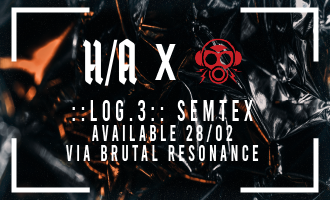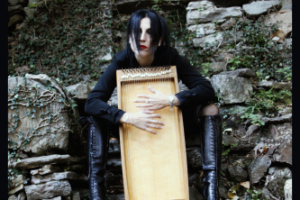
Hello Caverna delle Rose and welcome to Brutal Resonance! What are three of your favorite albums of all time and why?
AimA: Hallo and thanks for this interview, glad to be part of your reviews. I’m AimA and I answer on behalf of all the Caverna delle Rose members. My favorite albums come obviously from my favorite artists. These include Diamanda Galàs' "The Saint of the Pit", The Moon Lay Hidden Beneath a Cloud's "A New Soldier Follows the Path of a New King", and Current 93's "Swastikas for Noddy". But how to not mention Coil’s "Scatology" or "Horse Rotorvator". There’s not a reason when something calls your attention through your senses or your intellect. It simply happens. These are works that gave shape to my sensitivity since I was 15. They’re like a matrix for me.
When and where did you all meet? Whose idea was it to start the band?
What does the name Caverna delle Rose mean? Why did you choose it?
You’re inspired by magical rituals. What are your experiences with magic? Do you have a history with it?
You state that your project stands between research and reinterpretation. What does that mean?
Your debut album “Elysian Chants” is being released through Slaughter in Art. Why did you choose to go with this label?
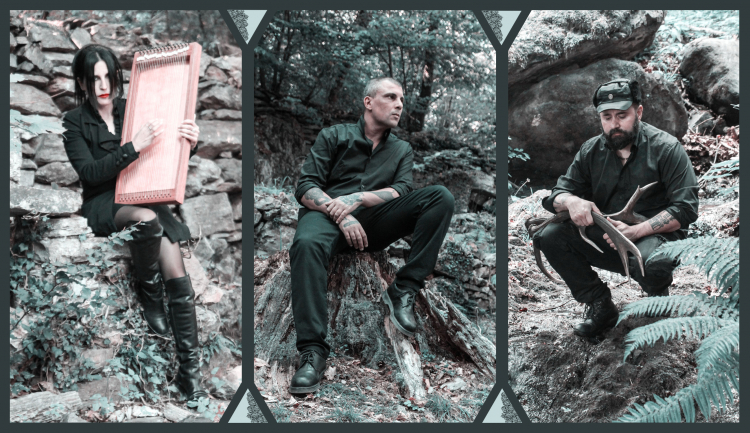
“Elysian Chants” takes us through seven Orphic Hymns. What are Orphic Hymns? Where do they come from?
The cover art is quite simple; it contains a mask with some kind of beard. What is on the cover art? Does it have a story?
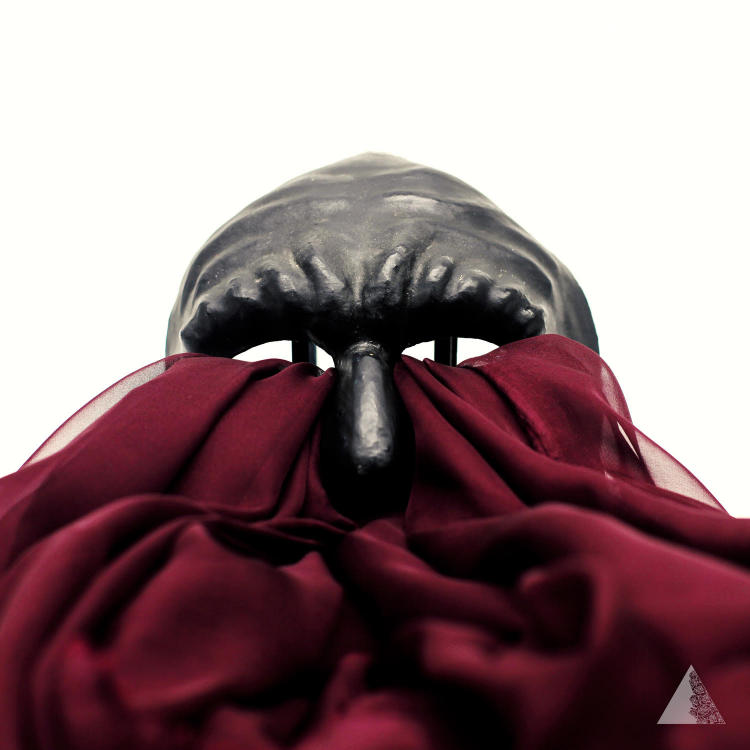
What else are you working on? Any new songs, albums, collaborations, or the like for next year? Any live shows?
I started to write these poems between 2020 and 2021, after a mystical experience which drove me to meet strong presences and totally being under the favor of the Muses. Composed in Italian, they have been translated into Latin, in order to complete the work through music and singing, forms of art that I believe are able to express the inconsistency of the spirit (its free, volatile, aerial character) in the most absolute form. Apparently it might seem that this concept differs from the previous one; in reality it is not so, because the form is that of invocation imbued with symbolism, often inherited from mystery literature, not of an allusive character, but always original in its constitution and practice: therefore the “tòpoi” proper to the classical hymn are excluded, as well as epiclesis or epithets deriving from ancient literature because, although the iconographic references are recognizable, they are reconstituted in a totally personal form through a metaphorical illustration of the state of ecstasy.
We’re now working at the mixing and at the book. Then we're close to the end. It is a work I made with deep passion. Among other collaborations (but we're talking as AimA at this moment and not as Caverna delle Rose), as you know I have a dense collaboration with Allerseelen and I started recently a little collaboration with Lonsai Maikov. A 7 "is underway with Andrew King and Digamma Cottage, but it will take some time to release it. Another collaboration is the one with iNsCissorS, blessed by a beautiful friendship too. Regarding concerts, let's see what it will happen: at the moment I see very difficult the idea to perform in these conditions, and you understand what I mean.
Lastly, I’d like to thank you for your time. I leave the space below open for you to mention anything I may have missed.
Thanks to you. You didn’t miss anything, really! I hope that people will support the project mostly for the label that invested so much in this release, producing a CD digipak with booklet, a black vinyl, a green vinyl and a blue one. We worked a lot for this.
Pre-order your copy of "Elysian Chants" in limited edition vinyl and CD HERE!
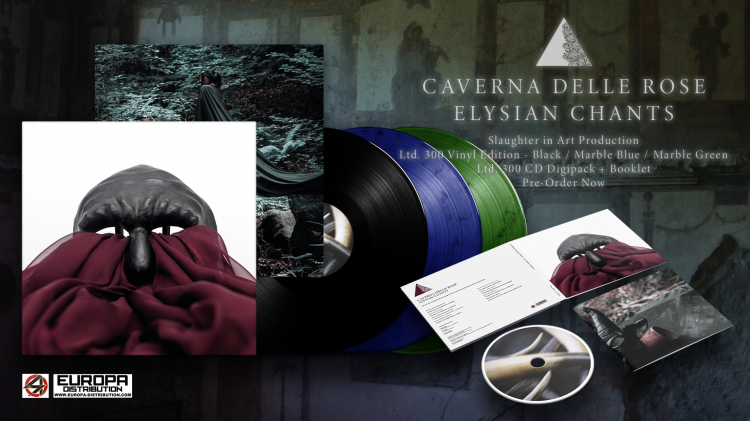

Steven Gullotta
info@brutalresonance.comI've been writing for Brutal Resonance since November of 2012 and now serve as the editor-in-chief. I love the dark electronic underground and usually have too much to listen to at once but I love it. I am also an editor at Aggressive Deprivation, a digital/physical magazine since March of 2016. I support the scene as much as I can from my humble laptop.
Share this interview
Facebook
Twitter
Google+
Shares
Popular interviews
Psyclon Nine
Interview, Mar 24 2017
Night Runner
Interview, Oct 13 2016
Testube
Interview, Apr 02 2022
Kite
Interview, Feb 10 2017
God Destruction
Interview, May 17 2016
Related articles
Caverna delle Rose - 'Elysian Chants'
Review, Nov 22 2021
This Is Oblivion
Interview, Jun 06 2022



